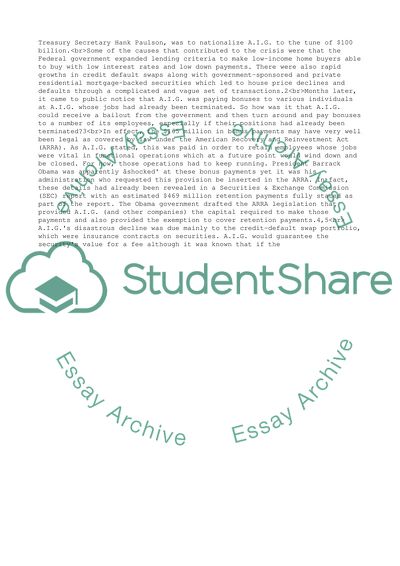Cite this document
(The current financial crisis and the failure of business ethics Research Paper, n.d.)
The current financial crisis and the failure of business ethics Research Paper. https://studentshare.org/finance-accounting/1795143-the-current-financial-crisis-and-the-failure-of-business-ethics
The current financial crisis and the failure of business ethics Research Paper. https://studentshare.org/finance-accounting/1795143-the-current-financial-crisis-and-the-failure-of-business-ethics
(The Current Financial Crisis and the Failure of Business Ethics Research Paper)
The Current Financial Crisis and the Failure of Business Ethics Research Paper. https://studentshare.org/finance-accounting/1795143-the-current-financial-crisis-and-the-failure-of-business-ethics.
The Current Financial Crisis and the Failure of Business Ethics Research Paper. https://studentshare.org/finance-accounting/1795143-the-current-financial-crisis-and-the-failure-of-business-ethics.
“The Current Financial Crisis and the Failure of Business Ethics Research Paper”. https://studentshare.org/finance-accounting/1795143-the-current-financial-crisis-and-the-failure-of-business-ethics.


